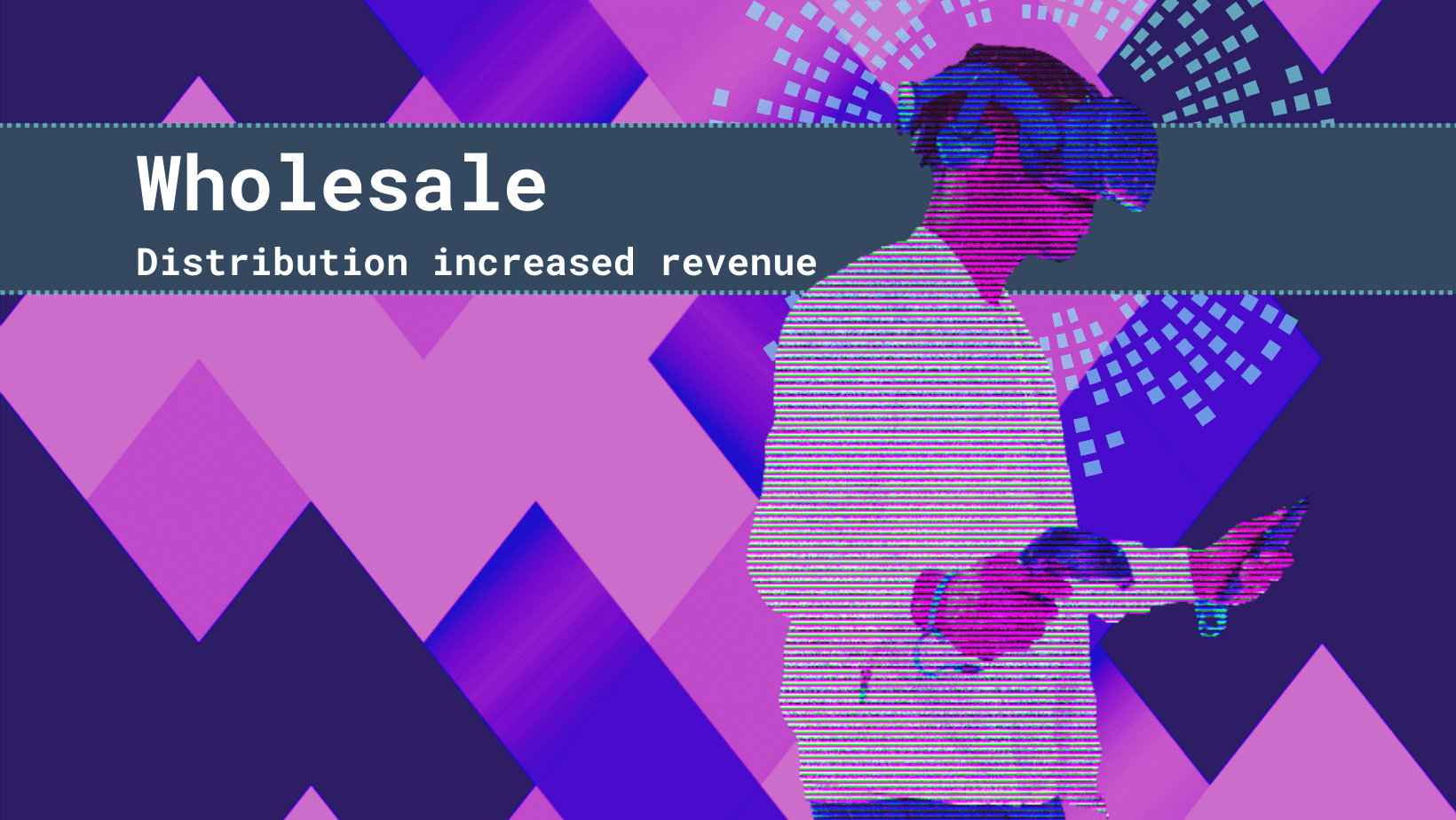- Industries
Industries
- Functions
Functions
- Insights
Insights
- Careers
Careers
- About Us
- Technology
- By Omega Team

Background
The client felt a rising concern about making the best decisions to increase operational and revenue performance. The client used to leverage Zoho Book, Zoho Inventory, and Zoho CRM. The Zoho book’s data analytics and visualization techniques were confined to basic sales and inventory conditions.
The customer sought additional data-driven insights to help them make better decisions about improving vendor agreements, minimizing payment due dates, and improving profit margins through cross-/upselling of substitute items with higher yields.
The key deliverables for the client were data analysis and metrics extraction to find out insights on payment receivables, customer’s behavior and buying patterns, inventory restoration, and demand forecasting.
Omega Strategy
After a detailed and thorough observation of the client’s domain, business model, and expectations, Omega outlined a blueprint for Business Intelligence (BI) solution design. Our firm goal was to meet the client’s present business needs while also enabling them with the technical setting and support to extend their analytical and quantitative capabilities to spearhead their business growth.
The Omega team developed a BI model to ingest data from Zoho systems, including data sources like Excel and order booking web portals. The next step was data scrubbing or cleaning to ensure all data was in a consistent format and accurate to load into a MySQL based data warehouse using Talend Open Studio as a data integration and ETL tool.
Data cubes and data marts were devised to offer faster access to specific data for analysis and visualization purposes, taking into account the multiple implications needed to examine the data by a specific business user.
We delivered a model through which our client could get impactful KPIs plotted on Power BI dashboards, such as:
i) Customer Segmentation (based on category and product demand)
ii) Supplier Analysis: Across pricing, margins, delivery time, and credit time
iii) Account Receivable (AR) analytics: Time, invoice date, receipt date, customer type(Office, Showroom, Schools & Others), top 20 best and worst customers by AR (required to define targeted sales/marketing strategies)
iv) Customer Analytics: Customer segmentation by account receivable tracks, product volume, revenues, purchase patterns/order frequencies (by product, quantity, timeframe)
Specific relevant reports were created to be sent out to stakeholders on a regular basis via email and mobile app.
Digital Impact
Through the deployment of a robust business intelligence system that provided the client with dashboards and actionable insights to increase operational efficiencies, Omega served the client to transition from traditional decision-making to “data-driven decision making”.
After the consistent implementation of our model, the client experienced optimized revenue, improved high-margin product sales, less payment receivable time, and more efficient inventory replenishment resulting in lower inventory costs.
Contact Us
Need additional information or want to speak to one of our consultants, please use the booking link or contact our Info Team for a proposal.
Subscribe
Select topics and stay current with our latest insights
- Functions